If you don’t personally know someone who has been trafficked, the concept may seem distant, unrelatable, and ‘in the shadows’ – that is, “something that happens in other parts of the world, but surely NOT in our own backyard.” The truth is, Human Trafficking occurs right under our noses. It affects all industries, men, women, and children of all ages and backgrounds, regardless of home country or immigration status. Stopping trafficking in our communities is not just a task for authorities, but it takes heightened awareness and a coordinated community response. Each one of us has a role to play.
So, what exactly is human trafficking?
The United Nations defines Human Trafficking (HT) as “the recruitment, transportation, transfer, harboring, or receipt of individuals through force, fraud, or deception to exploit them for profit.” While many associate HT with commercial sex acts, trafficking also encompasses forced labor, debt bondage, and domestic servitude. Human trafficking can manifest in any industry, but some common ones include hospitality, agriculture, beauty services, restaurants, and construction. Since HT is defined by movement, trafficking survivors are often discovered in airports and train or bus stations.
“If you see something, say something:” To prevent human trafficking, we have to know what to look out for. Some indicators include–
Psychological or physical threats, sexual abuse
Long hours without work breaks / Having to work when sick / Little or no pay
A person lives and works on the premises
Inhumane living and/or working conditions
Threats of deportation
Threats to family in home country
Isolation / Lack of knowledge of the community they live in
Lack of freedom; they are not allowed to come and go as they please
Unnecessary or unusual security (no alone time)
Feeling afraid of their employer (evidence of control)
Inconsistency in story
According to the Bay Area Equity Atlas, 31% of San Francisco’s population are immigrants. Traffickers tend to seek out and exploit immigrants wanting opportunity and stability, as well as those escaping persecution or discrimination. Often, individuals are coerced or tricked. However, others are not afforded the choice and are forced against their will. Conversely, some migrate intentionally for love, to be united with their supposed partner. Tragically, upon arrival, they come to find out their role has been reduced to that of a housemaid; their hope of freedom diminished as their new home resembles more closely to an isolated prison.
In 2021, the Department on the Status of Women partnered with eight reporting agencies that encountered 165 cases of human trafficking in the San Francisco Bay Area. However, numbers are likely much higher as victims are prevented from coming forward due to fear, dependence on their trafficker, language or social barriers, normalization of their abuse, and threats or violence.
Resources for Human Trafficking Survivors in San Francisco:
La Casa de las Madres expanded its services in 2023 to support Human Trafficking survivors through a partnership with UCSF Health’s Medical Safe Haven program. This program provides survivors with a safe and supportive environment, and the UCSF medical staff is extensively trained to best support HT survivors. An on-site advocate offers gentle guidance for survivors navigating the comprehensive medical services, ensuring they receive the care and support they need.
The San Francisco Collaborative Against Human Trafficking, a community-based organization, is dedicated to supporting survivors of human trafficking by connecting them with essential services. Their primary mission is to link survivors with local resources through a comprehensive directory, helping them access services such as referrals, counseling, hotlines, housing, legal assistance, and more.


